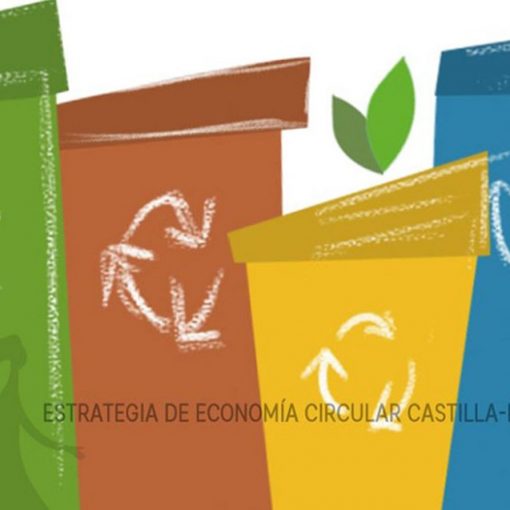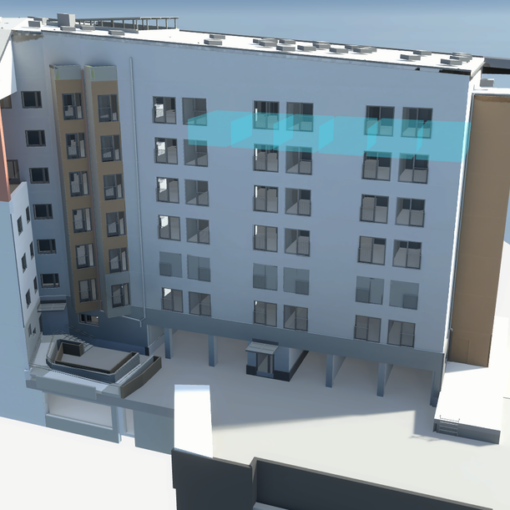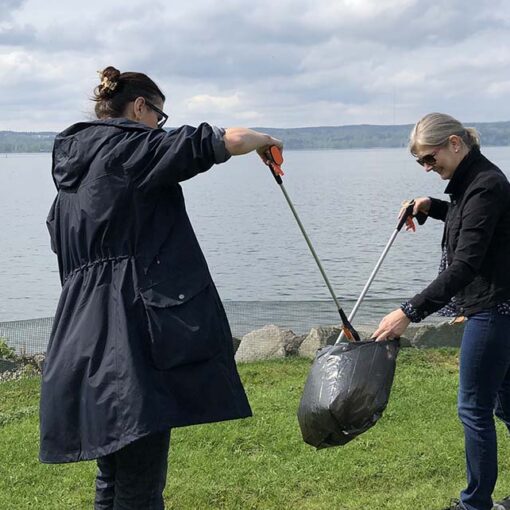There are plenty of resources unused including empty or underused premises in cities, goods that rarely used and materials which are neglected. How to use the untouched potential and how to find a solution to this challenge were to be examined in more detail in a CECI workshop dedicated to sharing economy.
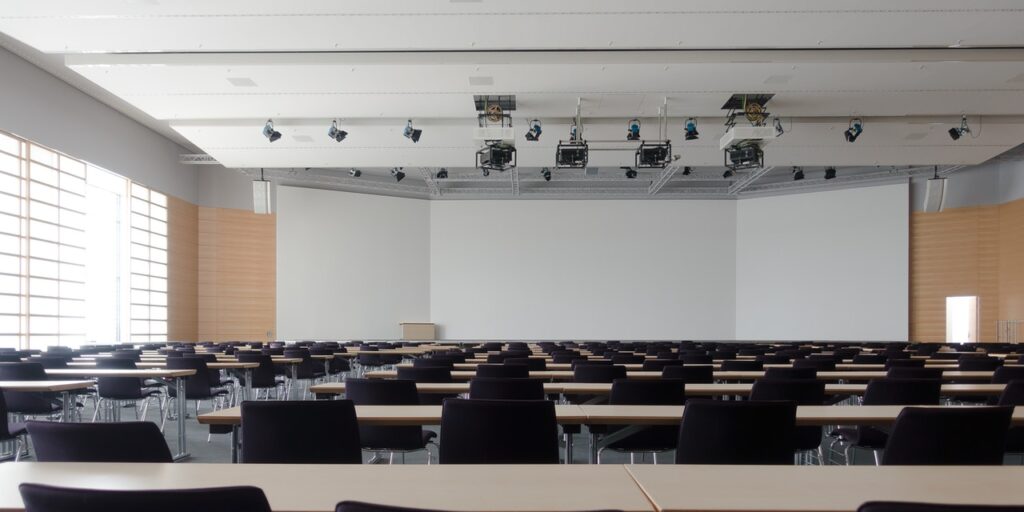
On 17 February 2022, CECI partners from Finland, the Regional Council of Päijät-Häme and LAB University of Applied Sciences, organized a sharing economy workshop focusing on not only the utilization of empty premises. The workshop was held in Finnish and led by Universo, a cooperative of environmental experts to help organizations find sustainable solutions. Participants from different areas of life, from students to entrepreneurs and regional developers were invited to join the workshop. (Hokkanen & Keinänen 2022.)
The workshop began with an introduction to the concept of sharing economy, followed by brainstorming in small groups. By using Miro collaborative board, altogether 19 participants worked on four themes of rental platforms, recycling mall and textiles (Picture 2). For instance, recycling malls could combine the empty premises with unused resources, and thus, having a synergistic effect on the unexploited potential of sharing economy. (Hokkanen & Keinänen 2022.)
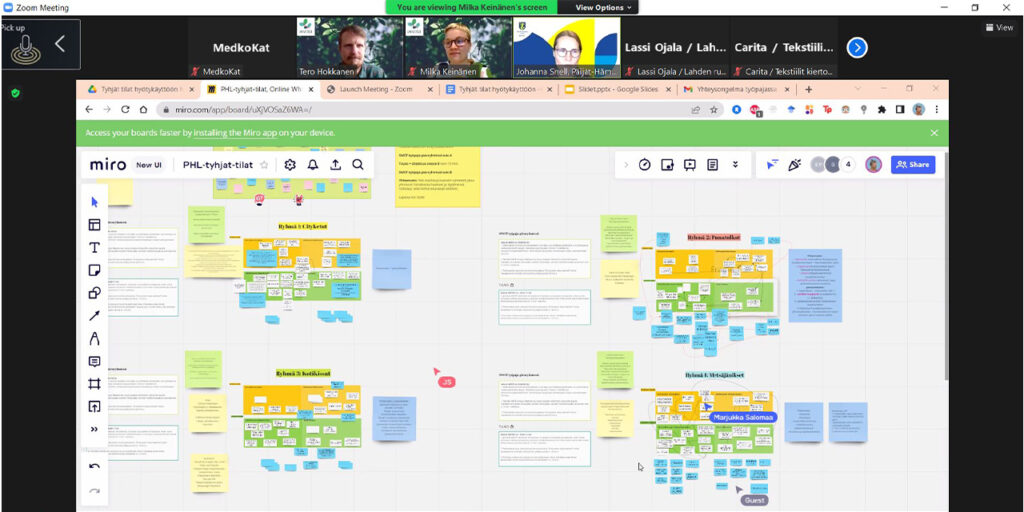
Figure 2. A printscreen of the collaborative online MIRO whiteboard tool used at the CECI workshop. (Picture: Katerina Medkova)
Recycling Mall
A recycling shopping mall that operates on the same principles as any other ordinary shopping mall, including various shops and activities, such as cafes and restaurants, could increase the opportunities and attractiveness of circular and sharing economy. At the same time, the group saw challenges especially in people’s attitude towards used and lent products. Moreover, other related costs (the costs for repairing and renewing, salary, and rental costs) may prevent the economic feasibility of such a project. Despite these obstacles, the group collectively agreed that such a circular shopping mall would reduce consumption and the use of new raw materials. Therefore, extensive co-operation between different actors, including cities and other public bodies, was seen as essential for the transition towards a more sustainable society. (Hokkanen & Keinänen 2022.)
Textile Recycling
Another topical issue, the reuse and recycle of textiles, was seen as an important path to support the change towards a more sustainable consumption. As the EU regulation on textile recycling coming into effect in 2025, and in Finland already in 2023, there is a need to find better solutions to collect and reuse textiles (Ymparisto.fi 2021). The group working on this theme pointed out that in order to harvest the full capacity, extensive cooperation between various actors is necessary (Hokkanen & Keinänen 2022).
The groups were able to identify many prospective measures for establishing such a sharing economy environment that would address social, environmental, and economical aspects. Working together and combining various ecosystems is crucial.
Authors
Katerina Medkova works as an RDI Specialist at LAB University of Applied Sciences and is CECI Communication Manager. CECI – Citizen Involvement in Circular Economy Implementation is an Interreg Europe co-funded project led by LAB University of Applied Sciences, Finland.
Johnna Snell works as a CECI project coordinator in the Regional Council of Päijät-Häme.
Marjut Villanen works as an RDI Specialist in LAB University of Applied Sciences and is CECI Project Manager.
References
Hokkanen, T. & Keinänen, M. 2022. Tyhjät tilat hyötykäyttöön – työpajan yhteenveto. UNIVERSO. Cited 14 Mar 2022. (unpublished)
Pixabay. 2016. arkkitehtuuri-auditorio-huone-huonekalu-159213. Pexels. Cited 14 Mar 2022. Available at https://www.pexels.com/fi-fi/kuva/arkkitehtuuri-auditorio-huone-huonekalu-159213/
Ymparisto.fi. 2021. Suomen tekstiilivirtaselvitys: Tekstiilien kulutus Suomessa tasaista, poistotekstiilien määrät kasvussa. Cited 11 Apr 2022. Available at https://www.ymparisto.fi/fi-FI/Kulutus_ja_tuotanto/Suomen_tekstiilivirtaselvitys_Tekstiilie(60999)
Links
Link 1. Interreg Europe. 2022. Project Summary. CECI. Cited 14 Mar 2022. Available at https://www.interregeurope.eu/ceci/

